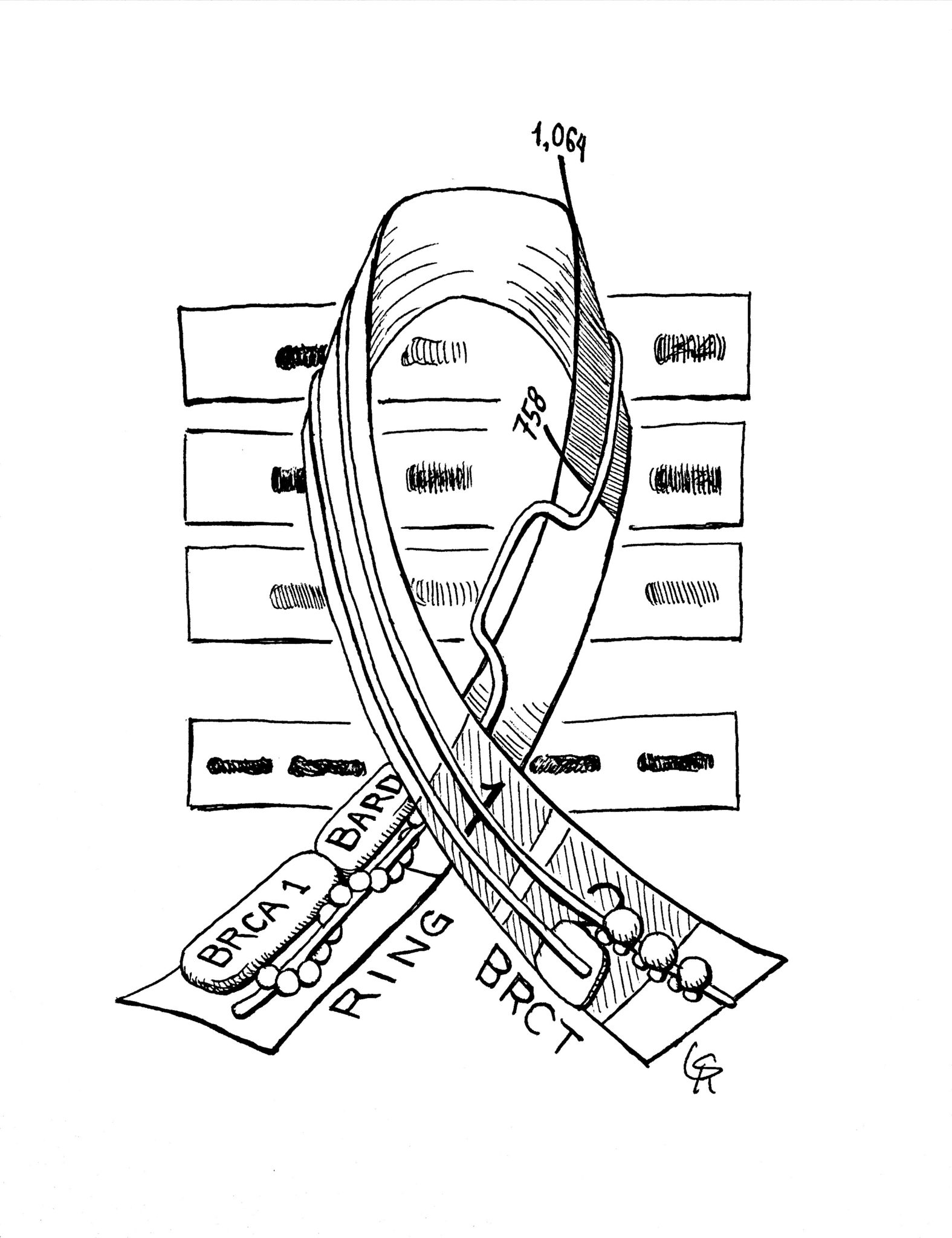
Yale researchers have identified the mechanism by which a gene prevents the development of breast cancer, revealing a potential target for cancer treatment.
The discovery was made in a study published on Oct. 4 in the science journal Nature that involved several researchers from the Yale School of Medicine, who worked to determine how the gene is linked to breast cancer in human cells.
The researchers studied a gene called BRCA1. In noncancerous cells, proteins made by the BRCA1 gene help prevent detrimental mutations that occur naturally in cell replication. A defective copy of the gene may lead to the development of cancer.
First author Weixing Zhao, an associate research scientist at the medical school, began the research presented in the paper in 2013.
“Initially, I was the only one working on the project, and I wanted to try because I knew the BRCA1 protein involves so many processes,” Zhao said. “The double-strand repair function of BRCA1 is important for tumor suppression, so we wanted to understand the real mechanistic function of the BRCA1 protein in the process.”
Zhao and his team discovered that BRCA1 is involved in a process called homologous recombination, a type of DNA repair. Specifically, they determined that the protein facilitates repair in the “invasion step” of homologous recombination, which is one of the last steps in the process. Because the repair of broken DNA prevents mutations, and mutations cause cancer, the actions of BRCA1 protein contribute to preventing cancer.
Zhao said the discovery provides an opportunity to develop more effective treatment methods. Although there are cancer treatments available for treatment, such as chemotherapy, Zhao said aggressive cancers such as breast cancer quickly develop a resistance to existing treatments.
“There’s no target therapy available yet,” Zhao said. “That’s one of the bigger reasons we wanted to study BRCA1.” He added that once researchers fully understand the mechanism behind BRCA1 in tumor suppression, they will be able to develop targeted treatments for aggressive cancers.
In order to conduct the experiment, Zhao and his team had to isolate the BRCA1 protein, which is large and highly unstable. Although the BRCA1 gene was discovered in 1995, Zhao said, scientists were unable study it because it is very difficult to purify the protein in large quantities. He added that he knew once he was able to overcome this obstacle, he would “basically change the field.”
Petr Cejka, a group leader at the Institute for Research in Biomedicine and a reviewer of the research paper, wrote in an email to the News that this study differs from past experiments because of its specificity about how BRCA1 works.
“Previous research (before Zhao et al.) focused mostly on experiments in vivo (i.e. in cells, mice, etc.), and interpretation of these experiments may be somewhat ambiguous, especially with regard to the exact molecular mechanism of action,” Cejka wrote. “The authors of the current manuscript in Nature opened doors to future studies, on top of showing one specific function of BRCA1.”
Youngho Kwon, a co-author of the study and an associate research scientist at the School of Medicine, said that, in the future, the team would like to determine how other proteins in the DNA repair pathway function as well.
The team has looked at the BRCA1 protein, but not the various other proteins with which it interacts, he said. The team’s next step will be to investigate this network, as well as how protein-protein interactions lead to DNA repair, he added.
In addition to investigating other proteins, Kwon said the scientists are also aiming to discover how exactly a mutant copy of the gene inhibits the normal function of BRCA1. This, he added, will be a crucial step in developing treatments because many patients have a mutation in the gene.
According to the National Cancer Institute, the average woman in the United States has about a one-in-eight chance of being diagnosed with breast cancer.
Amber Hu | amber.hu@yale.edu







